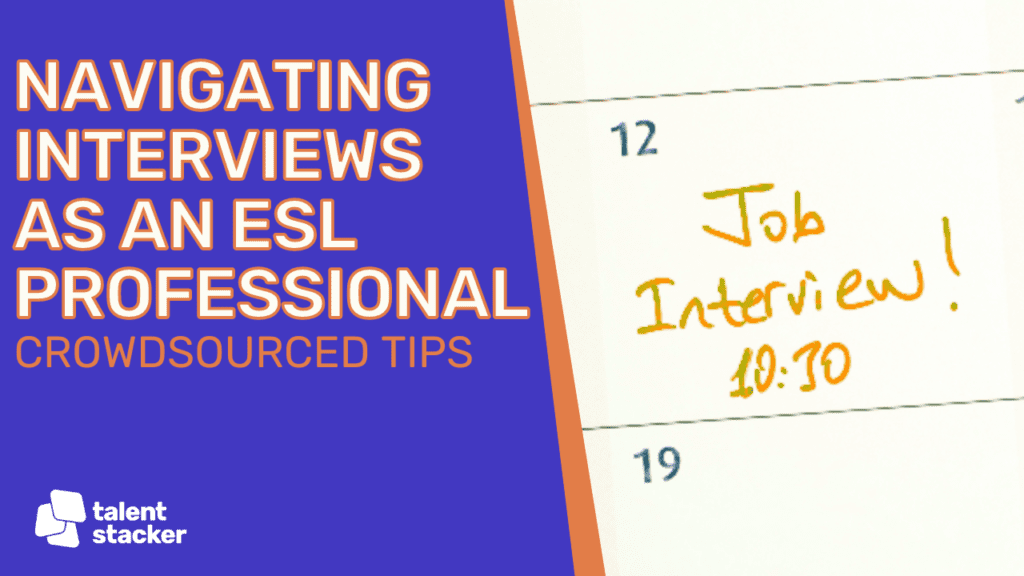Across the Salesforce ecosystem, we have many outstanding professionals where English might be their second or third or fourth language. At Talent Stacker, our opinion is that these individuals are amazing – not only have they taken the effort to learn an incredibly nuanced language, but they are also contributing value through their Salesforce knowledge.
With that said, many ESL (English as a second language) professionals have expressed frustration in navigating the interview and hiring process. Bias is real and comes in many forms for many people – for the purpose of this article we are focusing on bias against communication/fluency. In an effort to help support individuals struggling with this piece of the job search process, we polled the community for suggestions, resources, and/or tactics to help in preparing for these interviews.
The following list is a summation of what was recommended by ESL community members, ESL educators, and hiring managers/recruiters. This article is by no means exhaustive in its content and certain tactics might work differently for different situations. Our hope is that it provides a starting point for those who might need it.
In Preparation for the Interview:
- First and foremost, have grace for yourself. An interview situation is hard in the most perfect of conditions. Make sure to take a deep breath and remember that you are fully capable.
- Practice, Practice, Practice! The more you can practice answering interview questions out loud and get feedback from others – the more natural and confident you will become. Getting feedback is key to making sure that you are practicing what works versus what might be incorrect. In certain cases, a speech coach/peer might be a helpful tool. Here are some LinkedIn Learning modules that might also be of use!
- Focus more on WHAT you are saying instead of worrying how it might be perceived because of accent, ect.
- Communicate the desired experiences/values. Most employers are seeking candidates who can communicate their problem-solving experience, share examples of successful collaboration, and express their enthusiasm for the role. When practicing for your interview, make sure to touch on these pieces.
- Build out a portfolio. Create videos of you teaching Salesforce content to someone else and place the videos on your YouTube channel or portfolio. Not only will this help you be more comfortable in walking others through Salesforce, but you can send these videos to hiring managers/recruiters so that they are able to see your technical skills. You can also garner feedback from peers on any pieces that you might need to clarify or adjust.
- Practice speaking/presenting. Volunteer to be a guest speaker with your local Salesforce community group or in webinars of small Salesforce groups. Find opportunities to share your technical knowledge with others.
- Do mock interviews. Have mock interviews with different people or a group of people for mutual feedback. Not only do you get ideas on potential questions and practice on how to answer them, but it also helps lessen pre-interview jitters!
- Familiarize yourself with idioms. Work to become familiar with English idioms that might come up in a tech interview such as: a piece of cake, beat around the bush, see eye to eye, the best of both worlds, blessing in disguise, judge a book by its cover, rule of thumb, etc.
- Tell Me About Yourself. Write out or record your “Tell Me About Yourself” Interview Answer in your native language (as well as any talk tracks you might need to practice) and then translate to English.
- Take the interview. Always take an interview if it’s offered (even if you might not be 100% interested/comfortable in the role) or be proactive and try to schedule informational interviews with potential companies. These can also be great opportunities to practice in slightly more stressful environments.
- AI can be your friend. Utilize AI Tools, such as ChatGPT, for mock interviewing practice. For example, you can prompt, “Please have a back-and-forth interview with me. The job title is Salesforce Business Analyst.” You can go back and forth with the AI tools to practice your answer and even ask that it change up the interview style as needed.
During the Interview:
- Be transparent, if you’re comfortable. Depending on the situation, some individuals might choose to inform interviewers upfront that English is not their native language to provide context for the interview. One community member suggested, “I like to make a joke as an icebreaker at the very beginning about my weird, hard to pronounce, full name (for native English speakers) and where it comes from so I address my accent immediately and provide a context about my background. I prefer that to waiting for others to guess or assume.” On the other hand, if you are looking for ways to navigate your narrative without directly revealing your background, here are some suggestions on how.
- ‘Could you repeat that?’ Ask for repetition of questions or clarifications if needed during the interview.
- Find ways of showing/demonstrating. Create visual representations of knowledge or digital demos. Ask ahead of time if you can show a presentation or a PowerPoint in your interview. That way you will have visual cues, key words, and terms in front of you that they have prepared in advance. This can help the concepts and communication to flow better.
- Remember the importance of body language. When practicing your answers in your native language (see tip above) and watching the recording – work to emulate the same body language, excitement, expressions, and interest in English as you did in your native language. There is much that can be said without the use of words.
- Use your background as a strength! Where you are from is part of who you are. If you feel comfortable doing so, sharing your culture during an interview creates a memorable experience and leaves the interviewer with more knowledge than they came in with.
After the Interview:
- Focus on written communication – thank you emails, follow up emails, etc. If you are feeling nervous, ask a friend or colleague to check your written communication prior to sending. AI Tools, such as ChatGPT, can also be helpful here in formulating these responses.
- Follow up is a best practice. For any pieces you might have tripped up on during your interview – it’s okay! Make sure to follow up quickly (within an hour or two) with your interviewer and provide them with your corrected or researched response. This type of follow-up will signal to them that you care about your clients/end users and getting them the best information as quickly as possible.
Additional Insights for Hiring Managers in Working to Create Accessibility for all during the Interview Process:
- Be kind. The interview process is stressful for everyone.
- Avoid making assumptions about a potential candidate based on their accent or language background. Recognizing and addressing our own unconscious biases can be difficult – when possible, ask for feedback from a trusted colleague or mentor.
- Speak clearly in your interviews and be cognizant of your talking speed.
- Work to not cover your face with your hands or other objects that might obscure your speech.
- Video + Closed Captions. For virtual interviews – turning on your video and also having closed captioning/transcription can be helpful for ESL professionals, as well as professionals with non-visible communication needs.
- Keep it simple. When interviewing an ESL professional, be aware of using uniquely English colloquialisms/turns of phrase.
Do you have additional suggestions that we didn’t cover here? If so, feel free to drop them in the comments below – we would love to hear!
Special thanks to all of the amazing community members who contributed ideas to this conversation: Lory Tibbetts, Danica Ríos Weber, Lita Pookya, Pei-Ju Liao, Martina Maven, Anna Tabares, Eddy Chan, Mee Kavinsky, Audrey Dye, Justin Dux, Anthony Scrima, Paula Lowell, Cason Johnson, Mariko Thompson, Taylor Jones, Kyle Ly, Andrew Day, Pamela Howell, Garret Swinton






Responses